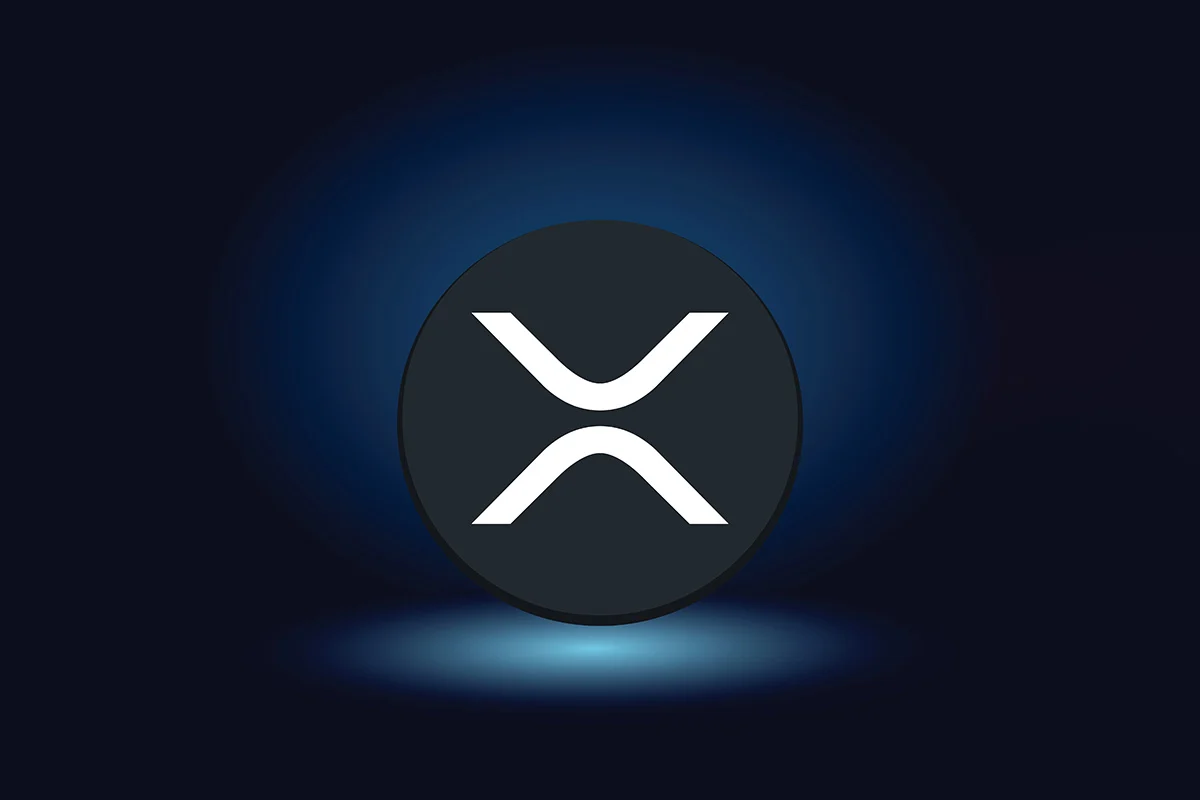Tether has just hit another historic milestone. The issuer of the world’s largest USD-pegged stablecoin, @Tether_to, announced that its user base has officially surpassed 500 million.
The statement underscores a major shift in how stablecoins are shaping digital finance, moving beyond crypto trading desks and deep into the global economy.
USDT Dominates Stablecoin Market
According to CoinMarketCap, $USDT remains the world’s leading stablecoin by market capitalization, now nearing $182 billion in total supply. That’s more than double its closest competitor, $USDC, issued by @circle, which currently holds about $75 billion in circulation.
This dominance gives Tether roughly 69% market share in the stablecoin sector, a clear reflection of its unmatched scale and liquidity.
Deployed Across 14 Blockchains
Part of Tether’s success comes from its multi-chain strategy. The stablecoin is now deployed across 14 blockchains, including major ecosystems like Ethereum, Tron, and Solana.
This multi-network expansion boosts USDT’s accessibility and trading utility. Whether in centralized exchanges or DeFi protocols, USDT functions as a universal bridge asset, offering frictionless movement of capital across blockchains.
Meanwhile, USDC has taken a more regulated and compliance-driven route, appealing to institutional users but trailing Tether in raw scale and adoption.
The announcement arrives as the broader crypto market shows signs of stabilization. This period of relative calm has encouraged traders and institutions to increase exposure to digital assets again. Stablecoins like USDT play a vital role in this environment, serving as a liquidity engine for both spot and derivatives markets.
As market sentiment recovers, Tether’s continued expansion could inject additional liquidity into the system, helping boost trading volumes and short-term capital inflows.
Institutional Demand Rises For Tether
Institutional investors are increasingly turning to USDT as a secure entry point into crypto markets. From hedge funds to OTC desks, the token’s deep liquidity and global reach make it an essential component in portfolio allocation.
Tether’s near-instant settlement capabilities also make it attractive for cross-border settlements and on-chain remittances. The company’s focus on real-world utility has kept USDT relevant even as new competitors emerge.
But Tether’s rapid ascent hasn’t gone unnoticed by regulators. The company continues to face scrutiny over reserve transparency and auditing practices. Regulatory bodies like the U.S. Securities and Exchange Commission (SEC) are reportedly reviewing the stablecoin sector more closely as global adoption accelerates.
Still, Tether’s latest disclosures have improved investor confidence. In Q2 2024, the company reported $1.3 billion in profits and $11.9 billion in net equity. Those figures strengthen its position as the most profitable entity in the digital asset space, rivaling even some traditional financial institutions.
Global Inclusion at the Core
While Western markets debate regulation, Tether’s real impact is unfolding in developing economies. Across Latin America, Africa, and Southeast Asia, millions rely on USDT to bypass unstable local currencies, reduce remittance costs, and access a digital savings alternative.
For many, USDT isn’t just a trading tool, it’s a financial lifeline. In Venezuela, Nigeria, and Argentina, it has become a practical hedge against inflation and an accessible digital dollar for day-to-day transactions.
Tether’s grassroots strategy—empowering local fintech startups, exchanges, and payment apps—continues to cement its reputation as the most widely used stablecoin in emerging markets.
Expanding Beyond Finance
Tether’s ambitions now stretch beyond stablecoins. The company has invested in Bitcoin mining operations and renewable energy projects, signaling a diversified long-term strategy.
These moves align with CEO Paolo Ardoino’s broader vision: to make Tether not only a global financial connector but also a tech and infrastructure powerhouse supporting blockchain adoption at scale.
This diversification could insulate Tether from regulatory risks while reinforcing its ecosystem presence, spanning payments, energy, and decentralized infrastructure.
Despite the achievements, analysts warn that depegging risks remain part of Tether’s long-term challenge. Past events, like the 2018 issuance surge, briefly triggered volatility in USDT’s price stability.
However, current market data shows USDT trading consistently near $1, with negligible deviations across major exchanges. That stability, combined with strong liquidity and transparent reporting, continues to anchor market trust.
Setting the Pace for the Industry
Tether’s 500 million user milestone reflects more than corporate success, it’s a testament to how stablecoins are reshaping financial systems worldwide.
The achievement hints at a new era of digital inclusion, where individuals from remote or unbanked regions can access a global financial network without needing traditional banking infrastructure.
Tether’s story mirrors a broader industry trend: the steady rise of DeFi, Web3, and stable-value assets as the foundation for future digital economies.
As the crypto industry matures, the line between digital and traditional finance continues to blur, and Tether stands at the center of that evolution.
Disclosure: This is not trading or investment advice. Always do your research before buying any cryptocurrency or investing in any services.
Follow us on Twitter @nulltxnews to stay updated with the latest Crypto, NFT, AI, Cybersecurity, Distributed Computing, and Metaverse news!
Source: https://nulltx.com/tether-reaches-500-million-users-setting-a-new-benchmark-for-global-financial-inclusion/


